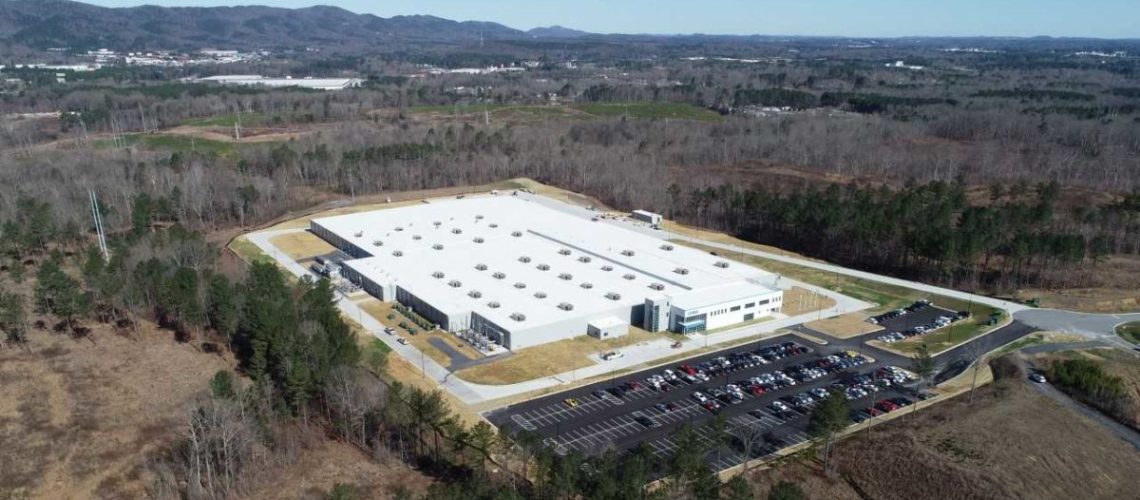Qcells is communicating with officials in Georgia, South Carolina, and Texas to select a site for a nearly fully vertically integrated 9 gigawatt manufacturing facility
Qcells is searching for a place to build a nine gigawatt per year manufacturing facility for their newly branded solar panels in a nearly fully vertically integrated facility. The company is researching locations in Texas, South Carolina or nearby its current base of Georgia.
Qcells has not yet announced these ambitions publicly; however, these plans align with their public position of investing in US manufacturing capacity – if and when the solar module manufacturing credits were passed as part of a climate bill. In fact, these credits were included in the Inflation Reduction Act – which has been passed by the Senate and the House, and is now awaiting the President’s signature.
The potential facility came to light via a series of documents, (1, 2 and 3) in the Local Government Assistance & Economic Analysis Division of Lancaster, and surrounding school districts, in Texas.
The total investment in the facility is estimated to be at least $1.829 billion. Of that, $461 million will be paid to construction workers, and will peak at almost 4,000 individuals in the second year of construction.
Once construction is complete, the facility will employ 204 ‘non-qualifying’ permanent positions, and 25 ‘qualifying’ positions. The qualifying positions will have an average income of at least $78,522 per year.
The facility would include a “fully integrated value chain from Ingot, Wafer, Cell, and Module.” The filing notes that raw materials will be shipped in by common carriers – including glass, frame, back sheet, and polysilicon.
Some of the machines, equipment, and tools that will be onsite include:
- Mono grower
- Jaw Crusher
- Ingot measurement equipment
- Diamond wire saw
- Laser doped selective emitter
- Oxidation furnace
- Cell test & Sorter
- Deionized and Ultra-Pure water systems
And while the facility might not be 100% vertically integrated onsite – the polysilicon, glass, and frames will be trucked in – Q Cells’ parent company happens to control the largest solar polysilicon manufacturing in North America. The Moses Lake facility has a current annual manufacturing capacity of 20,000 metric tons (MT) of polysilicon. Hanwha Solutions, the largest shareholder of the facility and the parent company of Q Cells, has announced they plan on retrofitting and restarting the facility in 2023.
A 9 GW per year facility using 3 grams of polysilicon per watt, would require a bit more than 27,000 MT of raw polysilicon per year. Considering the Moses Lake facility manufacturing gear is a few years old, and Hanwha is a global leader in manufacturing technology, one would expect that these facility upgrades could meet Texas’ needs.
The company recently announced a new partnership with a glass manufacturing facility in Canada. This facility has a total glass manufacturing capacity equivalent to 16 GW of solar output.
The company currently has a 1.7 GW per year module assembly facility in Georgia, and has announced 1.4 GW of additional capacity. Q Cells informed pv magazine USA that these new facilities will be in addition to the current and announced facilities. In total, this would bring the company to 12.1 GW of solar panel assembly capacity in the United States.



